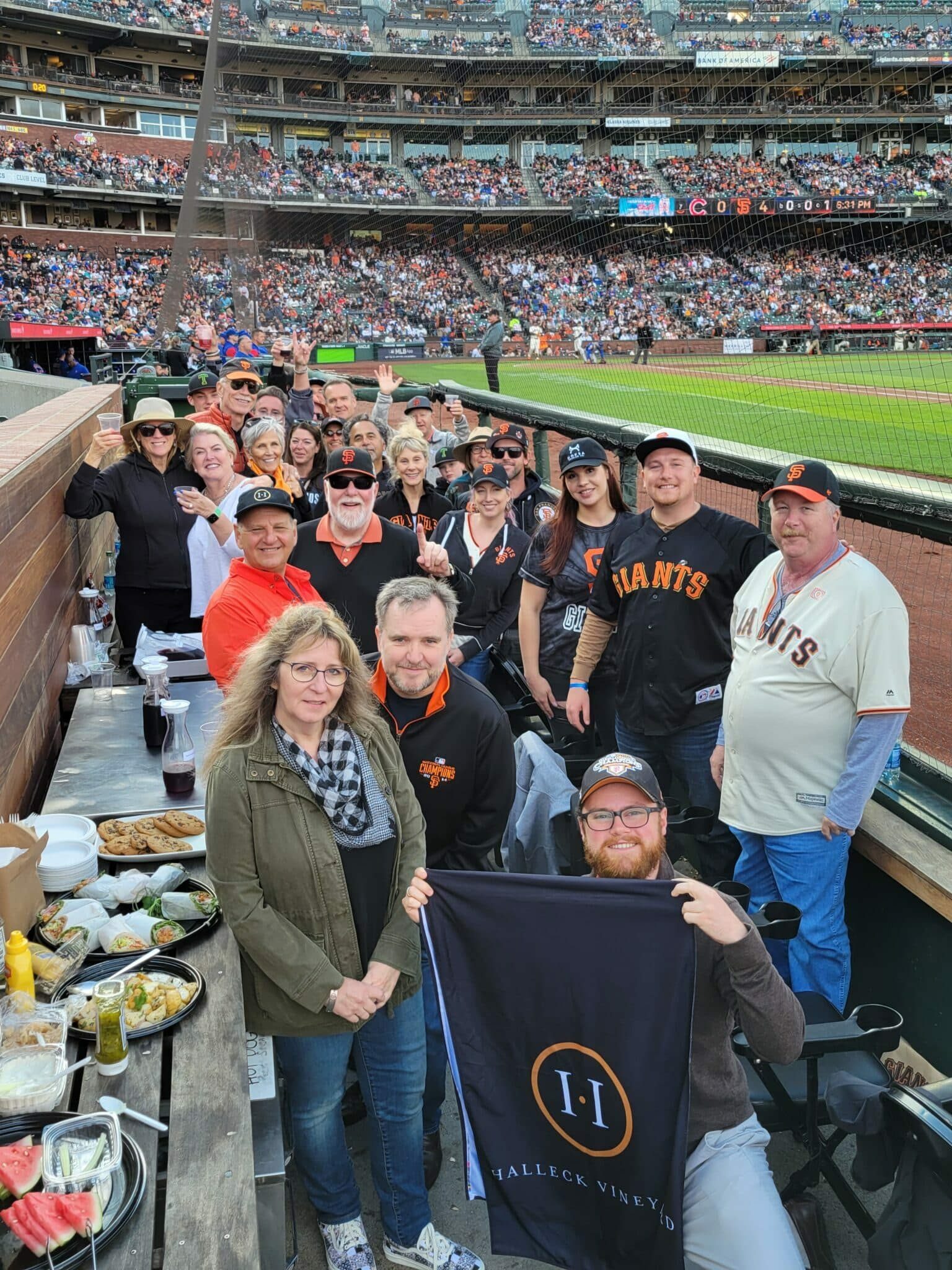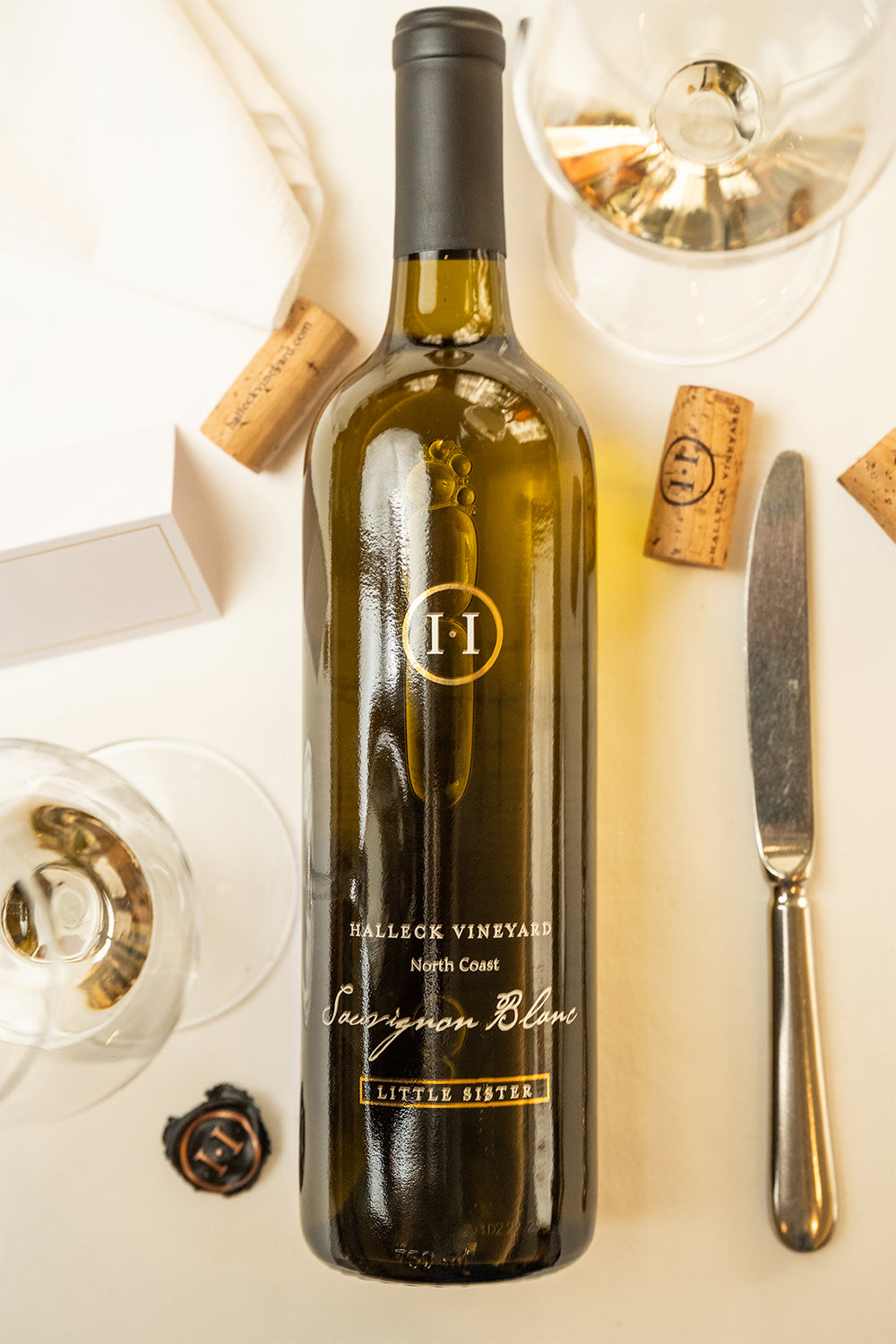Wineries Pairing Wine With Chocolate - Discovering Sebastopol's Wineries
Wineries Pairing Wine With Chocolate - Discovering Sebastopol's Wineries
Blog Article
Good Wineries For Large Groups In Sonoma Valley - Discovering The Vineyards Of Sonoma County
Wine tasting is an art that combines sensory experience with an appreciation for the nuances of various varietals. How to judge flavors in winery wine tasting sessions is pivotal to greedy the complexities of wine.
Engaging in a wine tasting entails more than merely sipping and savoring. It requires a focused strategy to identify aromas and flavors that every wine presents. As you start, observe the wine's look, noting its color and readability. These visual cues typically counsel a wine’s age, grape selection, and even potential flavor profiles.
The next step in the tasting process is to swirl the wine in your glass. This action releases aromatic compounds which are vital for evaluation. Lean in and take a second to inhale deeply; the aromas can vary from floral and fruity to spicy and earthy. The nose of the wine is just as necessary as the palate, and recognizing scents plays a significant position in understanding the general experience.
When taking your first sip, allow the wine to maneuver across your palate - Sonoma's Top Sparkling Wine Producers. Discover the initial flavors that current themselves. Is the wine fruity, floral, or perhaps herbaceous? This preliminary taste gives perception into what the wine is prone to categorical as you proceed to gauge it. The mouthfeel additionally contributes to the overall flavor experience; it can be silky, tannic, or even effervescent.
Wineries Pairing Wine With Chocolate - Sebastopol's Vibrant Wine Scene
As you proceed tasting, pay attention to the wine’s balance. A well-balanced wine will harmonize acidity, sweetness, and tannins. If one part overwhelms the others, it'd point out a less desirable quality. Evaluating balance might help you establish how properly the wine may pair with food.
Transitioning to the finish, consider how the flavors evolve as the wine lingers in your palate. A long, pleasant finish can point out a high-quality wine, whereas a short or abrupt finish would possibly recommend in any other case. Mirror on whether the flavors stay consistent or if new notes emerge as the wine settles. This development can reveal complexities and intricacies which may not have been apparent in the preliminary tasting.
Temperature is also a vital think about evaluating wine flavors. Different kinds of wine are optimally enjoyed at particular temperatures. White wines often shine when chilled, whereas pink wines typically carry out finest at room temperature. When tasting, make sure the wine is on the applicable temperature to totally recognize its character.
Best Chardonnays From Sonoma Winemakers - Sonoma Wine Tasting Spots
Pairing food with wine can significantly enhance the tasting experience. Meals can affect the perception of flavors in wine, both highlighting sure traits or diminishing them. When evaluating flavors, contemplate how the wine interacts with different meals, noticing which flavors are amplified or muted (Good Wineries For Large Groups In Sonoma Valley).

Contemplate the affect of terroir as you engage in a winery tasting. Terroir encompasses the unique environmental factors that have an effect on grape rising, together with soil composition, local weather, and geography. Understanding a wine's terroir can present insight into its flavors and aromas, fostering a deeper appreciation for the alternatives made throughout its cultivation and production.
Education plays a elementary function in enhancing one's ability to gauge wine flavors. Studying about grape varieties, wine areas, and manufacturing methods can pave the way for more knowledgeable judgments during tastings. Additionally, attending workshops or classes can refine sensory skills and expand your flavor vocabulary, enabling you to articulate tasting notes more successfully.

Finally, it is important to do not overlook that evaluating wine flavors is a extremely personal experience. Particular Person preferences and perceptions will invariably form one’s tasting journey. Enjoyment should be at the forefront, with the analysis process acting as a software to reinforce understanding and appreciation somewhat than create inflexible pointers.
Local Favorite Wineries In Sonoma - Sonoma's Premier Wine Tasting Events
In conclusion, mastering tips on how to evaluate flavors in winery wine tasting periods includes a mix of sensory engagement, information, and practice. By studying to establish aromas, assess the balance, and recognize the intricacies of flavor, wine enthusiasts can deepen their my latest blog postBonuses connection to each bottle they encounter. As with any art type, the extra one immerses themselves within the experience, the more they may uncover and benefit from the huge world of wine.
- Start by observing the wine's color and clarity, as these visual parts can trace at its flavor profile and growing older potential.
- Swirl the wine gently in your glass; this releases aromatic compounds, allowing you to raised determine the complicated scents related to the wine.
- Take a deep inhale earlier than tasting, focusing on both main and secondary aromas to gather insights on fruits, spices, and different nuances.
- When tasting, enable the wine to coat your palate; note the initial flavors, the mid-palate complexity, and the finish as these stages can present totally different flavor highlights.
- Pay attention to texture and mouthfeel, as aspects such as tannin levels, acidity, and sweetness contribute considerably to the general tasting experience.
- Examine flavors towards standard wine characteristics; for pink wines, think about berry notes, oak affect, and natural tones, whereas whites may embody citrus, stone fruits, and floral hints.
- Take notes during the tasting session to track your impressions, serving to you to remember and evaluate the completely different wines sampled.
- Talk About your findings with fellow tasters or winery workers, as sharing insights can enhance understanding and appreciation of individual flavors.
- Enable time for the wine to breathe; generally, flavors evolve and reveal new dimensions after being uncovered to air.
- Experiment with food pairings through the tasting as they'll dramatically alter how flavors are perceived, influencing total enjoyment.undefinedWhat ought to I search for when evaluating the aroma of wine throughout a tasting?
Begin by swirling the wine in your glass to launch its aromas. Deliver the glass to your nostril and take a deep breath. Pay attention to the first scents you detect, as these are often essentially the most distinguished. Look for fruit, floral, herbal, or earthy notes and try to identify particular traits, which is in a position to deepen your understanding of the wine's complexity.
Wineries Ideal For Romantic Getaways - Best Vineyard Visits In Sonoma

How can I distinguish between completely different flavor profiles in wine?
Understand that flavor profiles are sometimes categorized as fruit, floral, herbaceous, spicy, or mineral. Take small sips and allow the wine to coat your palate. Notice the first flavors that emerge first and the subtle notes that follow. This layering is crucial in distinguishing the wine's characteristics and will help you respect its distinctive profile.
Wineries With A Focus On Syrah - Top Wineries To Visit In Sebastopol
What is the importance of the wine's texture in a tasting?
The texture of the wine, also referred to as mouthfeel, plays an important role in how we perceive flavors. Pay consideration as to whether the wine feels smooth, creamy, or gritty. The physique of the wine (light, medium, or full) can improve or distinction with flavors, providing a extra rounded experience throughout tasting.
How do I assess the steadiness of flavors in wine?
Balance in wine refers back to the harmony between acidity, sweetness, tannin, and alcohol. Take a second to evaluate whether these components complement or interfere with one another. A well-balanced wine may have none of its parts overpowering the others, creating a pleasing tasting experience.
Wineries Featuring Seasonal Wine Events In Sonoma - Wine Tours And Tastings In Sebastopol
What role does temperature play in evaluating wine flavors?
Temperature can significantly impression the perception of flavors. Usually, pink wines are best served slightly under room temperature, whereas white wines benefit from being chilled. As the temperature modifications, the aromas and flavors can shift, permitting you to understand completely different traits. It’s essential to taste wine at its optimal temperature for true evaluation.
Wineries Providing Guided Vineyard Walks - Discovering Sebastopol's Wineries
How can I enhance my tasting skills over time?
Practice is essential to bettering your tasting skills. Wine Tasting Events In Sonoma County. Attend tastings, maintain a journal of your experiences, and explore different sorts of wines to broaden your palate. Moreover, studying about wine production and grape varieties can present context that enhances your analysis process, making you a extra informed taster.
Is there a specific order by which I should style the wines?
Interactive Wine Tasting Experiences In Sonoma - Best Wineries For Wine Tasting Sonoma Area
Yes, it’s advisable to style wines from light to full-bodied and dry to candy. This progression prevents the stronger flavors from overshadowing the extra delicate ones, allowing you to totally appreciate every wine's characteristics and nuances without palate fatigue.
How can I consider the aftertaste of wine?
Unique Wine And Food Pairings In Sonoma - Best Wine Tasting Spots In Sonoma County
The aftertaste, or finish, is an important side of the wine-tasting experience. After swallowing, pay consideration to how lengthy the flavors linger in your palate and whether or not they change. A lengthy, nice finish is commonly an indicator of a high-quality wine, while a brief or disagreeable end could counsel in any other case.
Why is it necessary to notice the wine’s acidity throughout tasting?
Acidity contributes to the overall freshness and construction of the wine. Pay consideration to the tingling sensation on your tongue; greater acidity can enhance the wine's liveliness and balance out sweetness. Noting acidity helps determine the wine's versatility with food and its getting older potential.
What should I do if I wrestle to determine specific flavors in wine?
Remarkable Craft Wineries In Sebastopol - The Beauty Of Sebastopol Wineries
Struggling to establish flavors is common, particularly for novices. Focus on broader categories and describe what you can recognize, corresponding to sweet or earthy notes. With practice, reading about totally different flavor profiles, and perhaps utilizing flavor wheels, you will refine your senses and develop a extra nuanced method to tasting. Report this page